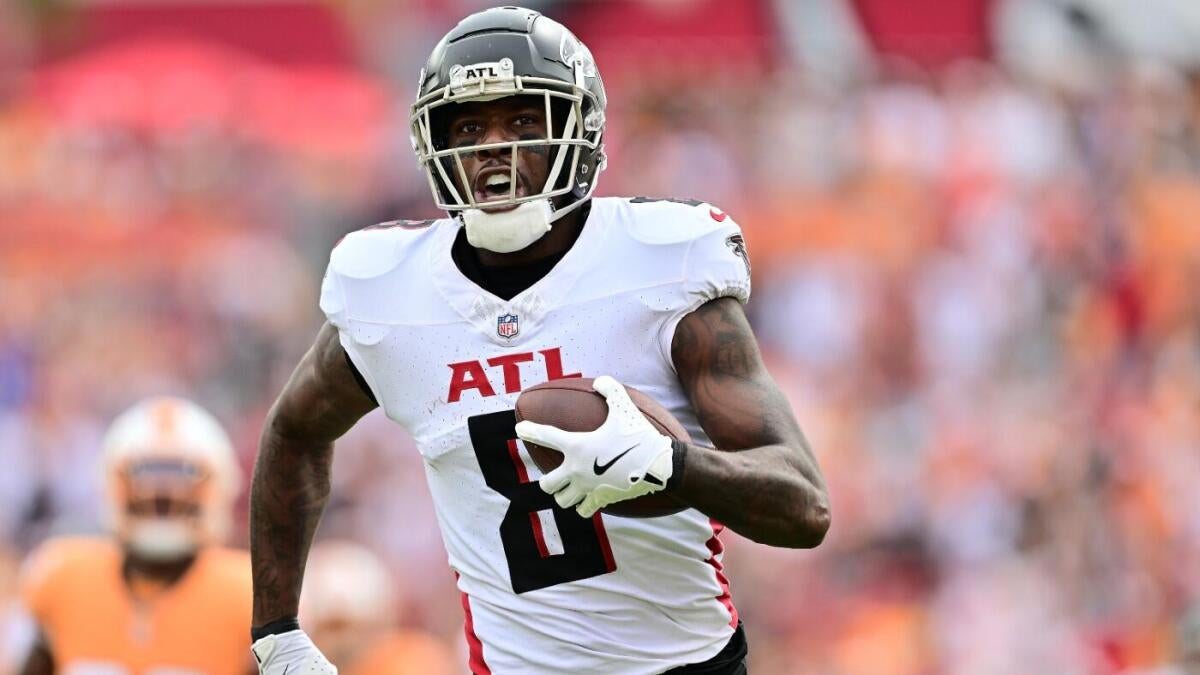The evolving saga of Kyle Pitts offers a fascinating case study in modern NFL decision-making, where player potential, contract intricacies, and team strategy collide to shape a league-wide ripple effect. As the 2025 season nears, the Atlanta Falcons and interested suitors stand at a strategic crossroads that influences draft scenarios, roster compositions, and competitive balance throughout the league.
Kyle Pitts: Talent and Transition
Emerging as an elite prospect in the 2021 draft, Kyle Pitts broke the mold for traditional tight ends with his exceptional receiving skills akin to wide receivers. His early career showcased moments of high performance, tallying over 1,000 receiving yards in just two seasons—a rarity for his position. However, these flashes were intertwined with periods of inconsistency and questions about his role within the Falcons’ offensive system, which has been in flux.
Heading into 2025, the last year of his rookie contract looms large. A distinctive feature complicating his status is the contract’s fifth-year option, with ambiguous position classification that directly impacts the Falcons’ salary cap calculations. This duality—tight end or wide receiver—could inflate his cap hit significantly, influencing the team’s financial flexibility and trade considerations.
Falcons’ Dilemma: Holding Onto a Star or Rebuilding Wisely?
Atlanta’s front office faces a multidimensional dilemma: whether to retain a player with undeniable upside or to capitalize on his market value to accelerate a broader rebuild. Reports suggest the Falcons are actively exploring trade opportunities, aiming to balance immediate financial relief with future roster needs.
A tangible example lies in trade discussions with the Dallas Cowboys, where Pitts could facilitate a draft position upgrade to select a high-priority defensive edge rusher. This scenario encapsulates the Falcons’ pragmatic approach—leveraging a marquee asset to address multiple roster deficiencies rather than banking solely on Pitts’ unfulfilled potential.
Where Could Pitts Land? Team Fit and Strategic Impact
While Dallas stands out as a front-runner to acquire Pitts, other franchises with urgent tight end needs and offensive schemes conducive to his play style also factor into the trade equation. The ongoing speculation underscores a paradox: Falcons coaches project improvement from Pitts, yet management remains open to moving him. This reflects either strategic pragmatism prioritizing team balance or organizational uncertainty about Pitts’ ultimate fit.
Each potential destination must weigh Pitts’ creative offensive contributions against his significant cap hit and comparative inconsistency. For contenders, acquiring Pitts represents a strategic gamble—an investment in a high-ceiling talent who could either elevate their passing game or underdeliver given his current trajectory.
Broader NFL Draft and Roster Ramifications
Trading Pitts extends well beyond a single player transfer; it acts as a catalyst for reshaping draft boards and roster priorities league-wide. For the Falcons, trading such an asset is a tactical move to stockpile draft capital, diversifying their approach to tackling areas like offensive line reinforcement and defensive edge depth. Their assertive draft behavior highlights a commitment to recalibrating the franchise through strategic asset management rather than relying solely on existing talent pipelines.
Conversely, acquiring teams must integrate Pitts’ cost into broader salary cap strategies while considering his role within their offensive dynamic. These decisions affect not just immediate roster construction but also influence long-term draft planning and free agency negotiations, embedding Pitts’ status into the fabric of future roster evolution.
Influence on NFC Dynamics and Playoff Contention
Should Pitts join a top-tier NFC team—especially one with a stable quarterback and established offensive framework—his skill set could unlock new dimensions of offensive versatility, creating matchup nightmares for defenses. For a team like Dallas, already a contender, adding Pitts could be transformative, pushing them into an even stronger championship position.
This high-profile potential trade reverberates across NFC and AFC landscapes, compelling playoff hopefuls and division leaders alike to recalibrate strategies. The ripple effect could shift wildcard battles, influence draft priorities, and alter offseason acquisitions as teams anticipate moves related to Pitts’ status.
A Defining Moment in NFL Strategy
Kyle Pitts’ situation encapsulates the intricate balance NFL teams navigate between fostering talent development and exercising strategic pragmatism amid fiscal realities. For Atlanta, the possibility of parting with a once-coveted draft gem signals a decisive pivot in their rebuilding philosophy—favoring systemic balance over individualized potential.
For teams courting Pitts, the gamble lies in harnessing his high upside while managing the risks attached to contract costs and performance volatility. The unfolding narrative surrounding Pitts as the 2025 draft approaches epitomizes contemporary NFL complexity, where player transactions intertwine with draft orchestration and salary cap choreography to influence competitive trajectories.
Ultimately, the trade saga’s resolution will resonate across multiple franchises and alter the competitive fabric of the league. Pitts’ journey reflects a microcosm of the modern NFL’s challenge: blending talent cultivation, financial strategy, and tactical foresight to shape enduring success.

